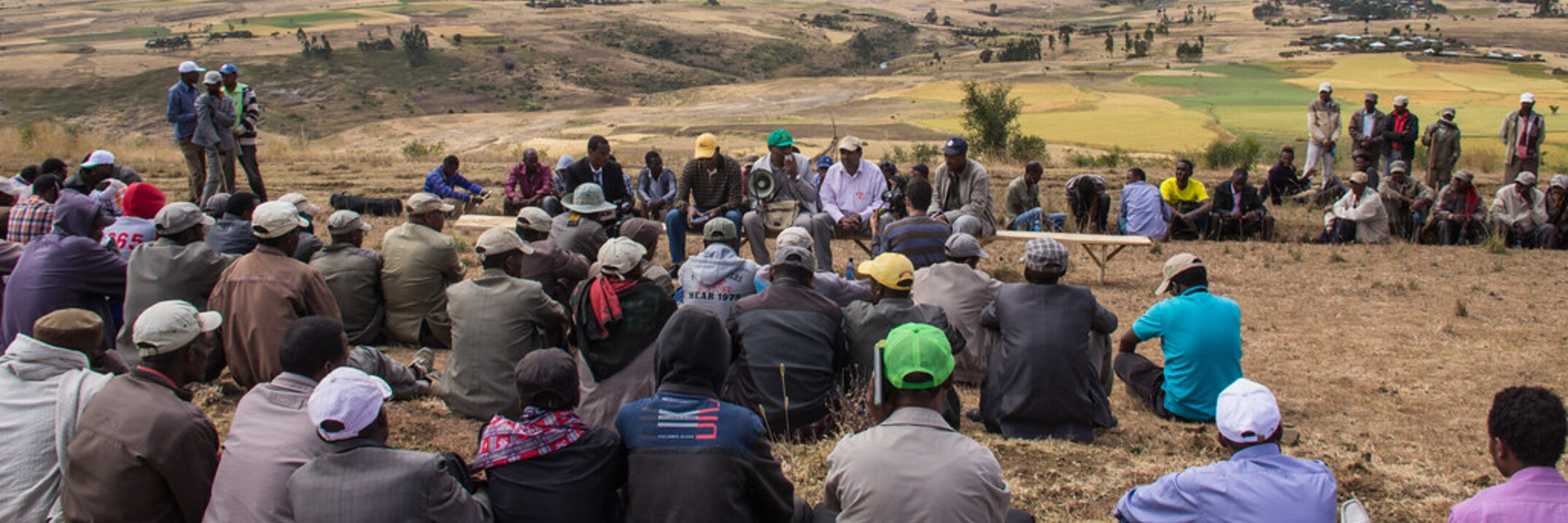Ascochyta blight (AB) resistance reactions were studied in 23 chickpea cultivars, mainly advanced
lines and Tunisian varieties from the Tunisian chickpea breeding program, growing both at two locations and
under controlled conditions. Two co-dominant...


